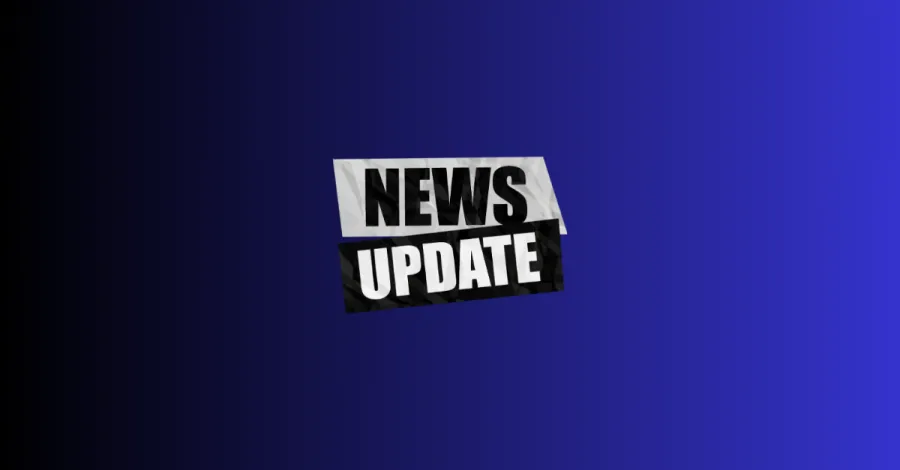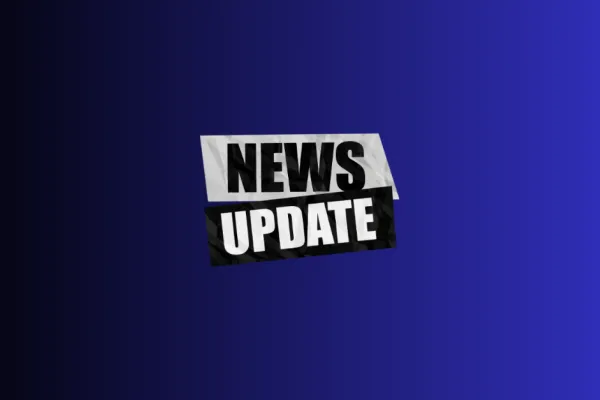Not-So-High Speed Internet

Millions of Americans think that they have high speed Internet - but most aren't getting what they're paying for:
In many cases, consumer advocates and industry analysts said, customers do not get the maximum promised speed, or anywhere near it, from their cable and digital subscriber line connections. Instead, the phrase "up to" refers to speeds attainable under ideal conditions, like when a D.S.L. user is near the phone company's central switching office.
"They don't deliver what's advertised, and it's inherently deceptive," said Dave Burstein, editor of DSL Prime, a newsletter that tracks the broadband industry. "'Up to' is a weasel term that should be taken out of the companies' vocabulary."
According to the New York Times, a number of factors contribute to the misleading speed results; neighborhood traffic, peak usage times, and location from the signal all may cause connection speeds to vary significantly.
But little can be done to fix the problem until a national broadband policy is established:
Despite the rush of new offers, the United States still lags behind many countries when it comes to broadband speeds and prices. In 2005, it ranked sixth globally on a price-per-kilobit basis, according to the International Telecommunications Union. Prices were cheaper in Japan, South Korea, Taiwan, Iceland and Sweden, countries where the government took an active role in promoting broadband use.
With all the options, gimmicks and hurdles out there for high speed Internet, most consumers don't know if they're getting duped or not. It's up to us to set the record straight - and build the movement for true high speed.
Broadband Brigade members turn out to protect good, union jobs and reliable broadband service
CWA condemns Trump NTIA changes to BEAD funding policies

